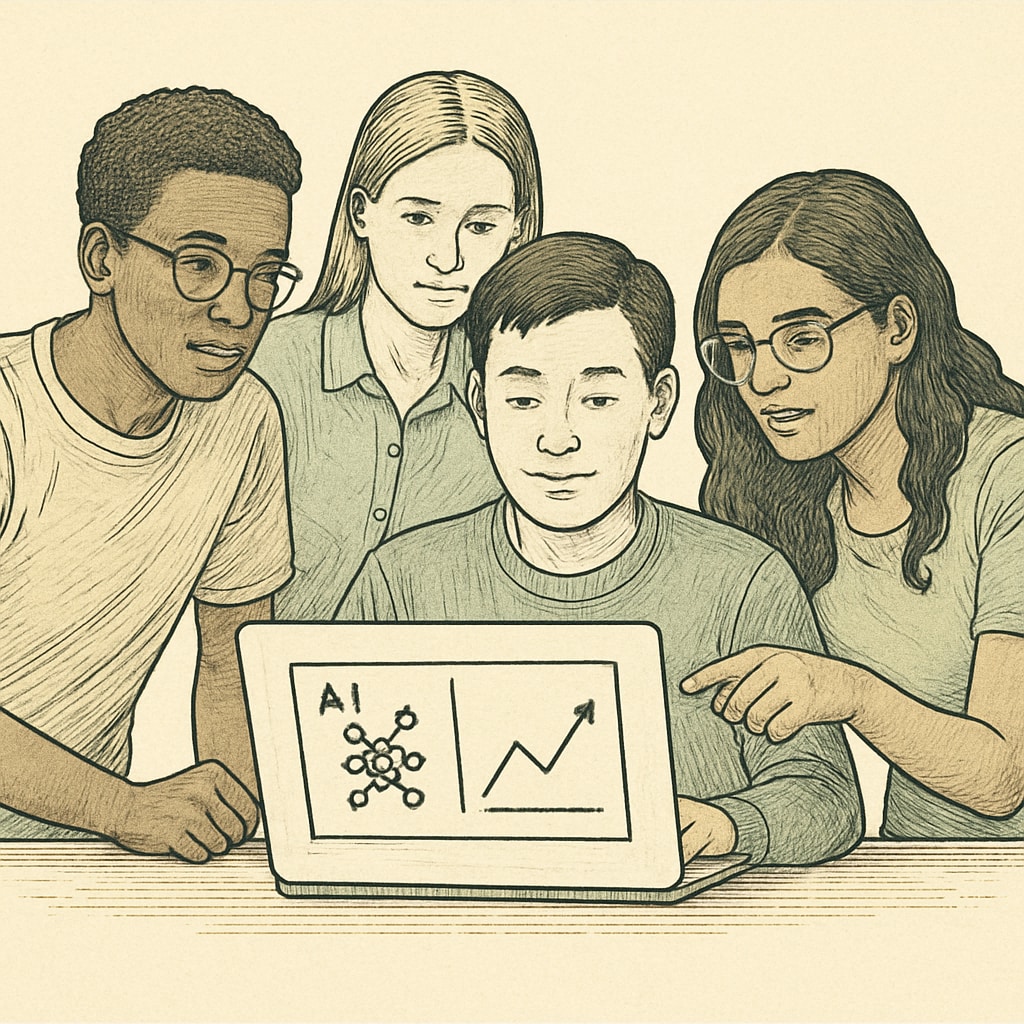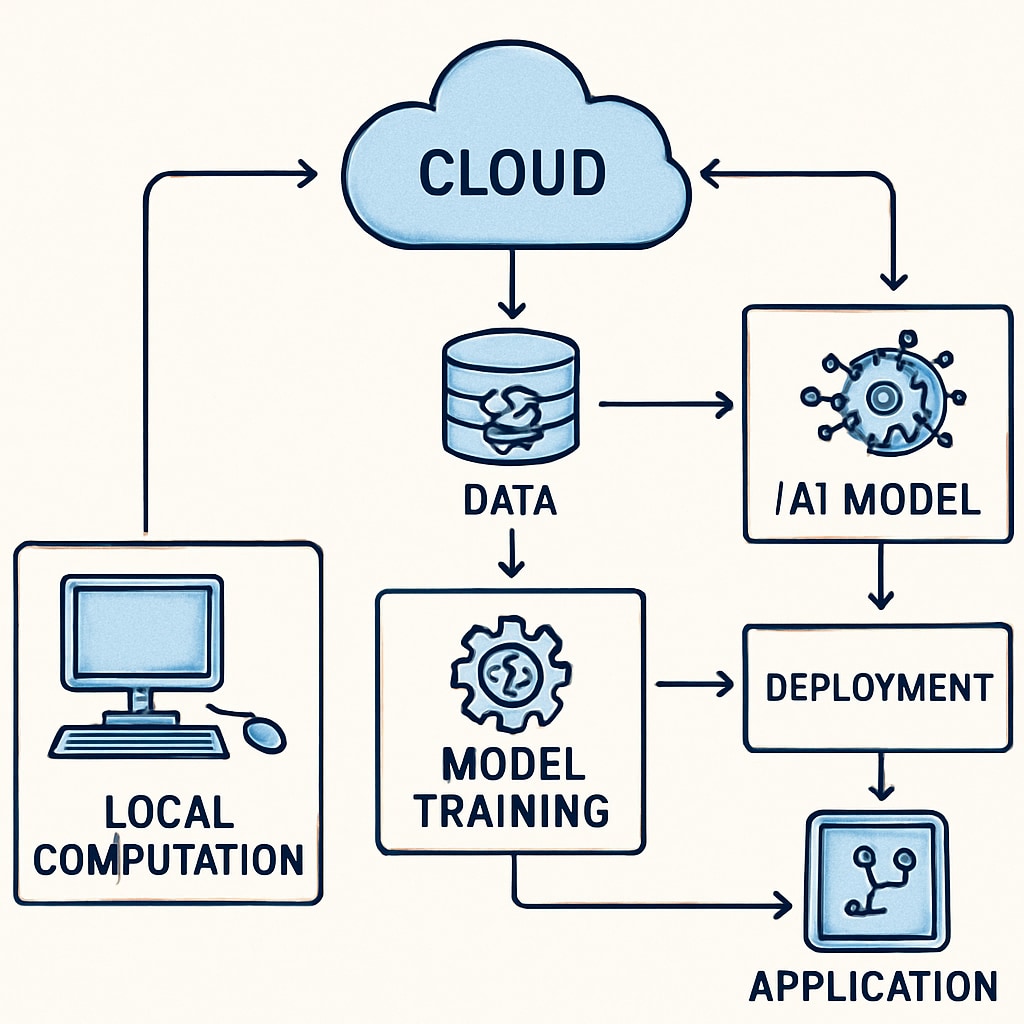When designing artificial intelligence course projects for undergraduate students with limited computational resources, educators face unique challenges in balancing theoretical depth with practical engagement. This guide presents actionable solutions for creating meaningful learning experiences under these constraints, from implementing classic search algorithms to exploring modern large language model applications.
Essential Criteria for Resource-Constrained AI Projects
Effective undergraduate artificial intelligence projects should meet three core requirements:
- Accessibility: Runs on standard laptops without specialized hardware
- Educational value: Demonstrates fundamental AI concepts clearly
- Engagement: Maintains student interest through practical applications

Starter Projects: Classic Algorithms with Modern Twists
Begin with these computation-light activities that teach core AI principles:
- Pathfinding visualization: Implement A* or Dijkstra’s algorithm with simple graphics (learn more about A* search on Wikipedia)
- Basic chatbot: Create rule-based dialogue systems using finite state machines
- Mini-game AI: Develop simple decision trees for game characters
Leveraging Cloud Resources for Advanced Concepts
When introducing modern techniques like neural networks, consider these cloud-based solutions:
- Google Colab’s free tier for small-scale machine learning
- Pre-trained model APIs (like OpenAI’s GPT-3.5 Turbo) for NLP projects
- Browser-based tools like TensorFlow.js for lightweight demonstrations

Assessment Strategies for Project-Based Learning
Evaluate student work effectively with these methods:
- Code reviews focusing on algorithmic thinking rather than computational power
- Project documentation assessing conceptual understanding
- Peer presentations encouraging knowledge sharing
Final recommendations: By carefully selecting project scope and utilizing available resources creatively, educators can deliver high-quality artificial intelligence course experiences regardless of hardware limitations. The key lies in emphasizing fundamental concepts over computational scale, preparing students with transferable AI skills for their future careers.
For additional reference on AI education standards, consult the Britannica article on artificial intelligence.


